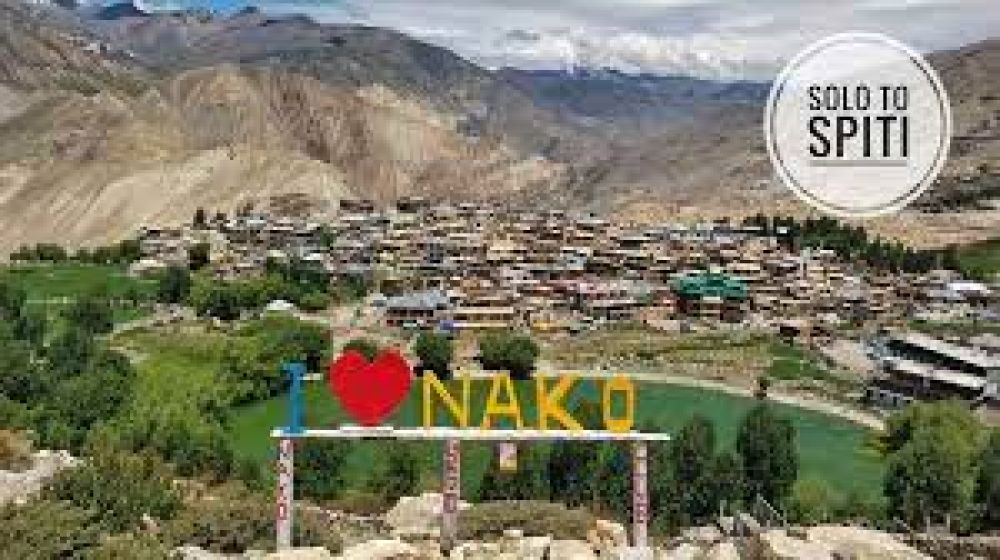

Located at an altitude of 3,662 meters above sea level, Nako Village is a scenic hamlet in the Spiti Valley of Himachal Pradesh, India. It is dotted with charming mud-brick houses, winding lanes, and Buddhist cultural imprints in the form of stupas and a historic monastery. Nako Lake, a small high-altitude lake, is the centerpiece of this village and is held sacred by the local community. The crystal-clear waters of the lake and the surrounding lush greenery and mountains offer breathtaking vistas.
The history of tourism in Nako Village is relatively recent. For many years, the village remained a secluded secret due to its remote location and lack of easy accessibility. It wasn't until the early 1990s, with the opening of Kinnaur for tourism and better road connectivity being developed, that Nako began to gain recognition as a tourist destination.
Initially, the visitors were primarily trekkers, adventurers, and culture enthusiasts who sought to explore the uncharted territories of the Indian Himalayas. They were drawn to Nako for its natural beauty, cultural richness, and the serenity offered by its off-the-beaten-path location.
With time, word of mouth and the advent of the digital age, information about Nako Village and its enchanting lake spread, attracting a larger number of tourists each year. The establishment of local homestays and guesthouses has further facilitated the growth of tourism, while still preserving the village's authenticity and charm.
In response to the growing number of visitors, initiatives have been taken to preserve the natural and cultural heritage of Nako Village. Efforts aimed at sustainable tourism are in place to ensure that the developmental activities do not harm the ecology or the traditional way of life. Tourists are encouraged to respect the local customs and environmental sensitivities of the high-altitude region.
The latest trend in tourism at Nako Village centers around experiential and responsible travel. Visitors are seeking authentic experiences, opting to stay in homestays, engage with the local community, and immerse themselves in the local customs and traditions. Trekking and outdoor activities continue to be popular, with the serene environments providing a perfect backdrop for nature walks and photography.
Adventure tourism is also gaining traction with the introduction of new trekking routes and outdoor activities. Meanwhile, spiritual tourism has its niche due to Nako’s 11th-century monastery and its importance as a Buddhist pilgrimage site.
However, the future of tourism in Nako Village lies in the delicate balance of promoting responsible travel while preserving its fragile ecosystem. As more visitors discover the untouched beauty of this remote village, the collective efforts of tourists, locals, and the government continue to be crucial in safeguarding the unique character and pristine environment of Nako Village and Lake for generations to come.